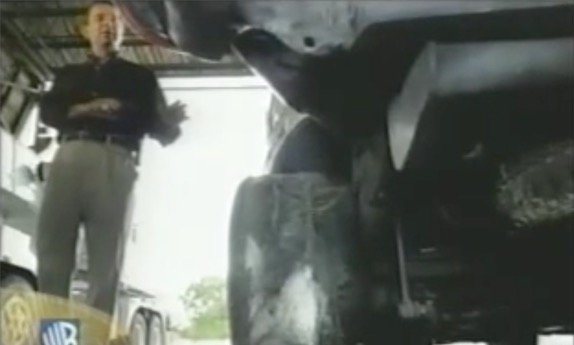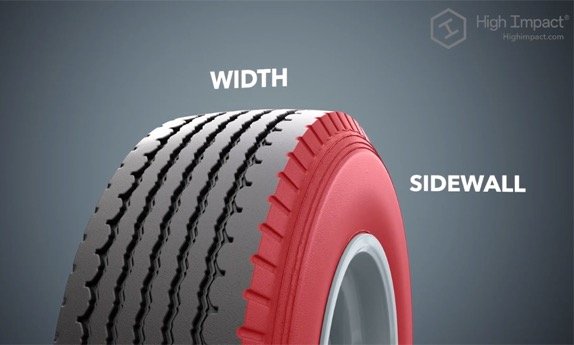Old Tires & Tire Aging
When you are buying new tires, or even used tires with low mileage on them, you may think that the tires must not be very old. But you could be mistaken. In fact, there’s no telling how long the tires have been sitting around before they got put on your car. Why does it matter? Tires have a shelf life. Simply by their aging, even without being in use, tires become less effective and more prone to failure the older they get. Tire dealers know better than to sell you old tires or install them on your vehicle, but that doesn’t stop them from palming off their old inventory onto unsuspecting customers, despite the danger involved.
Tire failure due to tire aging is only one of numerous different ways that tires may be defective. Learning the cause of a tire-related car accident is critical to building a case against the appropriate party and making sure they pay a full and fair amount of compensation to the accident victim injured in a crash. The injury lawyers in Florida at Halpern Santos Pinkert have taken cases against major tire manufacturers and tire service providers across the country and have won significant verdicts and settlements for injury victims. Learn more about tire aging below, and contact Halpern Santos Pinkert if you were hurt in a car accident caused by old tires or other tire defects.
A Tire’s Life
Most manufacturers or tire experts would suggest that a tire should be replaced or not used if it is anywhere from six to ten years old. This is the case even if the tire has never been in service. Although heat and sunlight can accelerate the aging process, the simple passage of time causes a tire to degrade due to chemical reactions occurring inside the tire itself. These reactions degrade the structural integrity of a tire, making it more prone to catastrophic failure. If this failure occurs on a fast-moving highway or at a busy intersection, the results truly can be catastrophic to vehicle occupants and others.
Most tires will wear out and get replaced before they age out of their useful life. Tires most at risk for tire aging issues, therefore, include tires in situations like the following:
- On cars that are rarely driven
- On classic or collector cars
- On campers and RVs that are only driven seasonally
- Spare tires
- Tires in a shop’s inventory that have not been sold for several years after manufacture
How to Know Your Tire’s Age
The date of manufacturer should be printed on at least one side of the tire. Look for the letters DOT followed by a series of letters and numbers, probably close to the tire’s inner ring. This is the tire’s Department of Transportation (DOT) Tire Identification Number (TIN). The last four digits will tell you the week and year the tire was made. For instance, if the last four numbers are 2217, you know that the tire was manufactured in the 22nd week of 2017.
Other parts of the TIN will identify the location of the factory where the tire was made. If you don’t see the letters DOT on the side of the tire, check the other side. If you still can’t find them, beware that the tire may not be in compliance with the Federal Motor Vehicle Safety Standards (FMVSS) designed to prevent and reduce vehicle crashes.
Call Halpern Santos Pinkert after a Tire-Related Car Accident
If your tire (or the tire on a car that hit you) fell apart, shredded, deteriorated or blew out and caused an accident, you may be entitled to compensation for your injuries by the tire manufacturer or company which sold or installed the tire. At Halpern Santos Pinkert, our tire litigation lawyers will determine whether the cause of the failure was an old tire or some other tire defect, and we’ll act accordingly against the appropriate party. Call 877-529-6211 for a no-cost, confidential consultation with an experienced and successful tire litigation attorney at Halpern Santos Pinkert.












